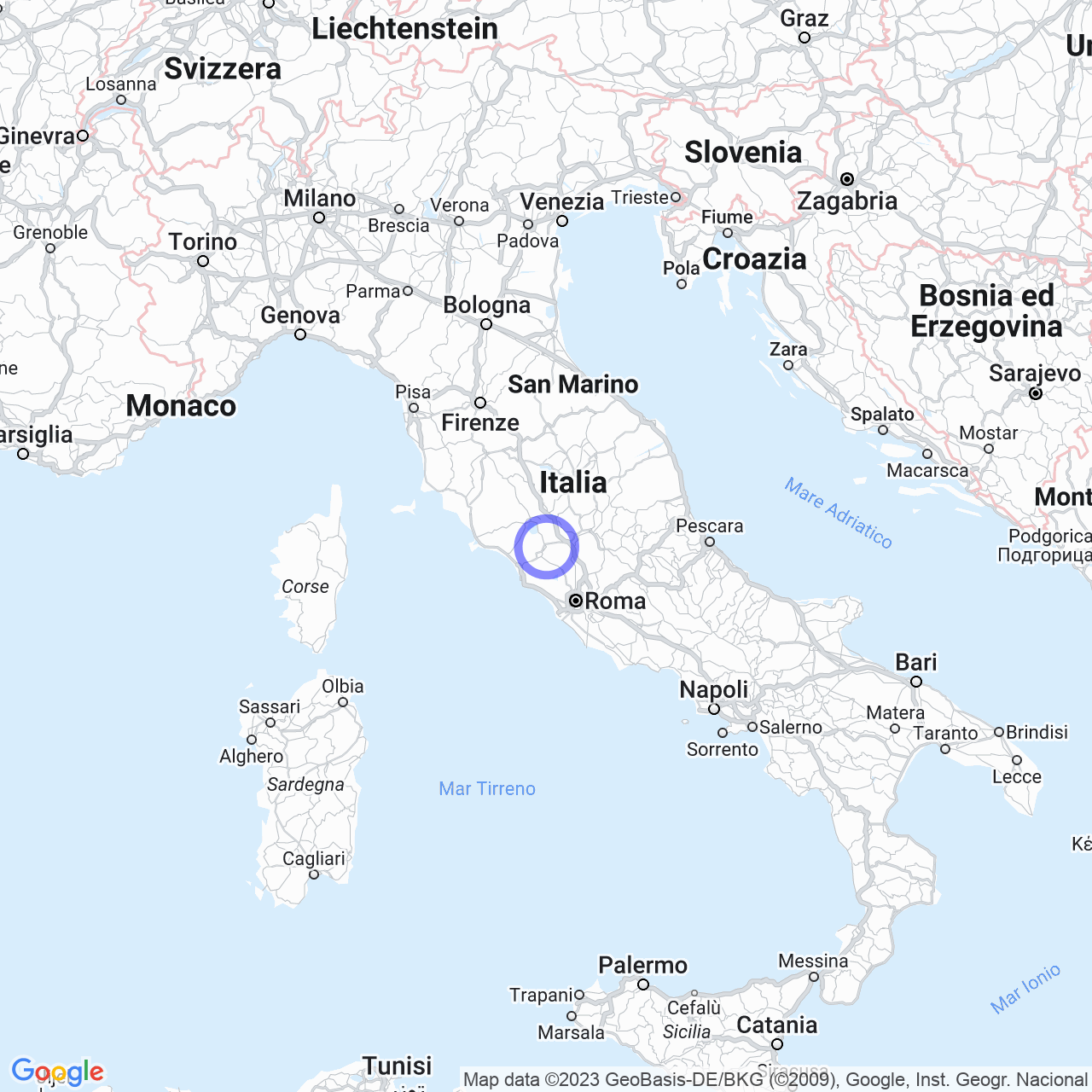Grotte Santo Stefano
A journey through the history of Grotte Santo Stefano
Welcome to Grotte Santo Stefano, a small hamlet located in the town of Viterbo. If you love history and are curious to know the origins of this place, you are in the right place. Let's begin our journey through time.
The destruction of Ferento and the birth of Grotte Santo Stefano
Let's go back to 1172, when Ferento, a city that was not well-liked by the people of Viterbo and Celleno, was destroyed. The survivors fled to the Tiber Valley, where they found refuge in some Etruscan caves, using them as dwellings. These caves were located on the border with the native territory of Ferento.
Over the years, a new community of farmers and shepherds was formed, who received the parish priest from the parish of Santo Stefano, where the major material and spiritual riches of the Ferentane churches were kept. The civil administration of the new population was subjugated to the direct rule of the Marquess of Montecalvello.

The birth of the name Grotte Santo Stefano
Near the ancient caves, a small shrine was erected in honor of Santo Stefano, from which the name "Grotte di Santo Stefano" was born. The inhabitants of Grotte Santo Stefano expressed to the ecclesiastical authorities the desire to have their own patron saint and obtained from the Vatican, through the Diocese of Bagnoregio, the bones of a Christian martyr who was given the name San Venerando.
San Venerando is the patron saint of Grotte Santo Stefano and is celebrated on the first Sunday of September.
From town to hamlet of Viterbo
Grotte Santo Stefano was a town in the province of Rome until January 2, 1927, when Mussolini implemented the reform of the provinces and merged it with Viterbo along with the territories of Bagnaia (Viterbo), San Martino al Cimino and later, in 1946, Roccalvecce. The strong feudal autonomy of the Marca of Montecalvello guaranteed safety to the Ferentani, but today Grotte Santo Stefano is a hamlet of Viterbo, despite the attempts of its citizens to reconstitute the autonomous town in the 1970s and 1980s.
Conclusion
And so, we have come to the end of our journey through the history of Grotte Santo Stefano. We hope you enjoyed discovering how this hamlet has its roots deeply rooted in the destruction of Ferento, the historical events that have seen it go from town to hamlet, and the story of San Venerando, the patron saint of this place. If you pass through this area, be sure to visit the ancient caves and participate in the patron saint's feast, which makes this place even more magical and fascinating.
